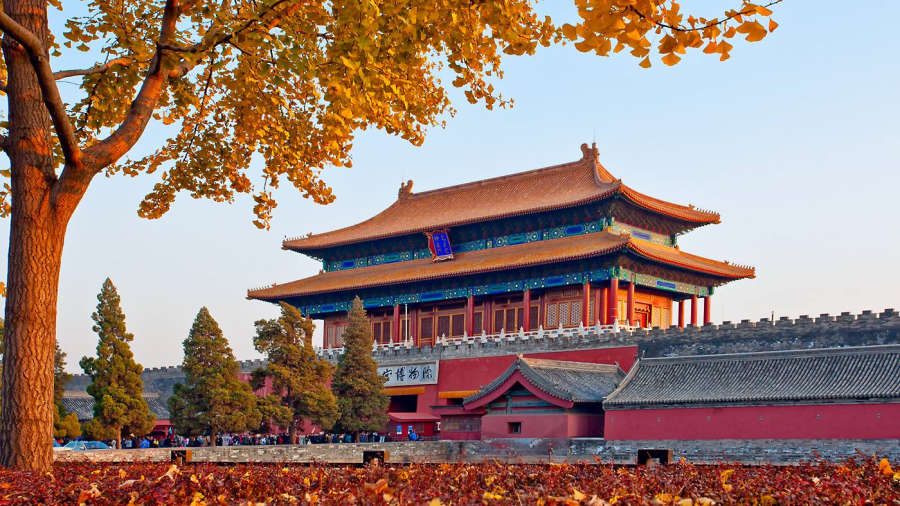Chinese cities have a long and rich history, and the origins and meanings behind their names reflect this legacy. Names like Beijing, Shanghai, and Guangzhou provide glimpses into how these metropolises developed influential roles over centuries.
Beijing: Symbol of Northern Dominance
In Chinese, “Beijing” translates to “Northern Capital,” indicating its historical status. During the Yuan Dynasty in the 13th century, it became the capital as Khanbaliq and was later renamed Beijing under the Ming Dynasty in the 15th century to solidify its northern leadership. For over 600 years, Beijing has stewarded China’s northern regions from its central perch. Its name pays tribute to enduring reign over the country’s northern sphere.

Shanghai: A Port Rises from the Sea
Shanghai’s name means “Above the Sea,” alluding to its pivotal place at the Yangtze River’s mouth leading to the East China Sea. Originally a small fishing town, foreign trade and concessions dramatically accelerated Shanghai’s ascent in the 19th century. It grew into a global economic powerhouse, though its name still echoes early days overlooking tidal waters. Shanghai demonstrates how maritime commerce lifted obscure settlements to prominence.
Guangzhou: Hub of Prosperity and Exchange
Translating to “Vast Prefecture,” Guangzhou has operated as a significant commercial network since the Tang Dynasty over 1,000 years ago. As a key exchange point, it drew regional abundance under its purview, reflecting its name. While administrations altered through periods, Guangzhou’s role as an economic and cultural bastion endured. Its namesake conveys enduring wealth and activity radiating from this southern metropolis.
Xi’an: Cradle of Civilization and Commerce
Xi’an sits along the fabled Silk Road that linked Eurasian trade routes. It served as the early Tang Dynasty capital in the 7th century and remains a cultural treasure trove. Xi’an means “Western Peace,” a namesake that took hold as it stabilized frontiers and prosperity flowed through its central position. Though lesser known abroad, Xi’an birthed Chinese advancement and continues prospering as a modern heritage hotspot.
Chengdu: Fertile Plains Welcome Development
Nestled in Sichuan’s rich basins, Chengdu translates to “Complete Virtue.” It benefited agriculturally for millennia while retaining an affable identity. During Western Han Dynasty rule over 2,000 years ago, Chengdu administered surrounding bounty as capital. While economic growth abounds today, Chengdu celebrates its pastoral past through namesake and landscape. It proves harmony between nature and modernization.
Nanjing: Southern Majesty and Transformation
Once China’s preeminent city as the Ming Dynasty capital in the 15th century, “Southern Capital” Nanjing reigns culturally in Jiangsu Province. Although political power shifted, Nanjing endured through turbulent eras by leveraging education. Its prestige stretched across loyal kingdoms, aided by a name evoking regal southern might. Nanjing now advances as a global center through preserving history while embracing scientific progress.
In conclusion, major Chinese cities contain cultural codes within their names, imparting knowledge about defining periods and roles over centuries. These places and their etymological roots illuminate China’s storied transformation and how interconnected regions fused into a unified nation.

 Travel Experiences: Memorable Places Worth Visiting Despite Being Tourist Traps
Travel Experiences: Memorable Places Worth Visiting Despite Being Tourist Traps